MARKET OVERVIEW
The Global Barge Transportation market is part of the wider logistics and freight industry. It will remain an important means of moving goods across inland and coastal waterways. Traditionally preferred for bulk commodity transport, this market will gain increasing relevance as industries seek sustainable and affordable means of shipping. Evolving trade patterns, environmental action, and infrastructure requirements will continue to affect the barge transportation sector, ensuring that this mode remains embedded in continental long-term freight strategies.
Flat-bottomed vessels carrying large quantities of agricultural produce, coal, petroleum products, chemicals, and construction materials form the backbone of the market. Often pushed or towed on canals, rivers, or shallow coastal waters by tugboats and towboats, these vessels are ideally suited for inland barge transportation. The Global Barge Transportation market will increasingly attract industries looking to utilize a consistent, high-volume transportation solution with reduced impact on overland infrastructure. The barge system will ensure steady cargo flow over these waterways while reducing road congestion.
What distinguishes the Global Barge Transportation market from other freight modes is its low-energy consumption in the transport of large cargo. This essence will remain the driving force toward the continued maintenance of this sector, especially with various international regulatory bodies implementing stringent emission standards on transport activity. Players in this market would leverage fuel-efficient technologies and new vessel designs to be compliant while still providing a competitive offering. Hybrid propulsion and alternative fuel would be the trend as operators begin to balance compliance and economic efficiency.
Another distinguishing characteristic of the Global Barge Transportation industry is its interconnectivity with other multimodal logistics systems. Global Barge Transportation would shift towards integration with road and rail networks through improved port connectivity to intervene in supply chains. Therefore, investments in infrastructure to modernize inland waterways and provide diversification to existing docking facilities will have a direct effect on market capability and operational flexibility. Countries with large waterway systems will continue to invest in them, recognizing their significant role in improving resilience in logistics while reducing the cost of transit for bulk commodities.
The market for reliable barging services will depend increasingly on global trade flows, which will subsequently rearrange, and regional production hubs will begin to adjust. The market will evolve for multiple types of cargo and transportation routes based on industry specifications, favorably exploiting otherwise underutilized water channels. This trend will also enhance cargo diversification, encompassing everything from raw materials to finished products.
Global Barge Transportation market is estimated to reach $183,209.31 Million by 2032; growing at a CAGR of 3.7% from 2025 to 2032.
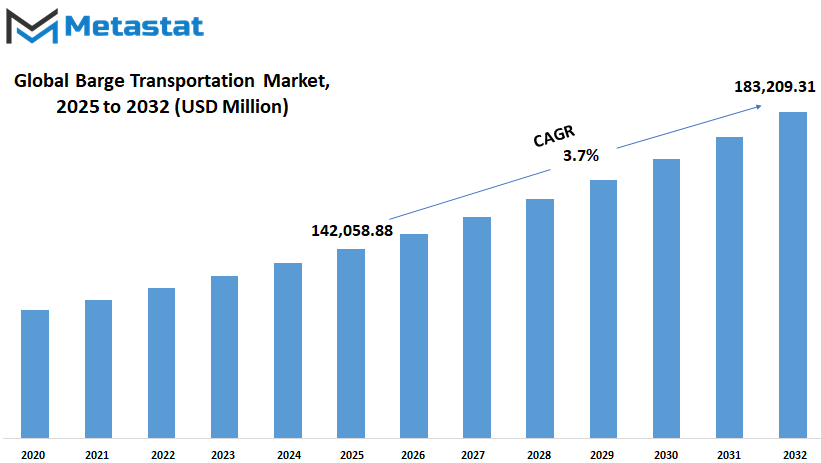
GROWTH FACTORS
The Global Barge Transportation market is slowly changing shape as industries across the world now wake up to its potential for the transport of goods in an economic environment-friendly manner. It is this kind of transport through flat-bottomed boats that began to get some attention owing to bulk transportation of goods through rivers and canals, being a properly demanding logistics system. One of the prominent factors driving the market is the need for lesser emissions and fuel consumption, gradually sinking into the environmental agenda. Naturally, barge transport consumes lesser fuel than road or air transport, thus appealing as an option to industries working towards carbon footprint reduction.
Another factor driving that market even further is the pressure being exerted upon road and rail networks. Heavy road traffic and near-full capacity rail lines in several areas have pushed businesses to look for alternatives that do not delay scheduled delivery periods. In many cases, barge transport, which used to remain a less-preferred option for a long time, is now looked upon as a reliable alternative for relieving some of that pressure. With the capability to transport large volumes of goods, mainly raw materials like coals, grains, and chemicals, which are mostly in bulk and do not require fast-tracked supply times, it becomes a highly feasible alternative.
These boons notwithstanding, there are some magnitudes of problems that may be detrimental to the fast expansion of the market. Prominent among them is the lack of infrastructure development in certain areas. Many waterways are poorly maintained, while the ports might be unable to service these bulk cargoes with speed and efficiency. Furthermore, the unanticipated climatic conditions and seasonal water levels may affect the possibility of barging through on fully operational routes, particularly in regions that are drought- or flood-prone.
But the outlook is quite bright. This waterway infrastructure is going to witness much increased investment, while smart transport technologies would provide opportunities too attractive for barge transport to ignore in the next few years. The introduction of tracking systems, real-time update information on cargos, and better scheduling tools could make barge transportation incredibly efficient and attract more businesses. As the government and private sectors start recognizing the long-term benefits of this strategy, there will be a gradual increase in support for policies that would encourage such actions.
Thus, shifting priorities in international trade combined with a growing interest in sustainable logistics will see the Global Barge Transportation market become a key player in supply chain planning. The next shaping forces for its expansion will be the promotion of large-scale transportation with low environmental injury.
MARKET SEGMENTATION
By Type of Cargo
Substantial and gradual changes are expected in the process of barge transportation, mostly as industries come to refer newer processes and practices that consider sustainability. The future will bring with it a keen interest in more cost-effective and environmentally friendly ways of transporting goods over regions. An indirect yet important way of transporting along the waterways continues to be the barge mode. Though it usually glides under the radar, this transport way remains an asset due to cost benefits, safety considerations, and bulk transport over inland waterways and coastal stretches.
This interest in how the industry may adapt itself to new requirements and increasing demands only promises further change. A prime way of observing such flows within demand and changing cargo supplies is by observing the type of cargoes involved. For the Global Barge Transportation market, cargo types relate to Liquid, Gaseous, and Dry. Each category has its own particular challenges and benefits. Liquid cargoes, which typically include fuels and chemicals, usually require special handling and infrastructure. Gaseous cargoes require advanced containment systems with strict adherence to safety standards. Dry cargoes, consisting of such items as crops, coal, and construction material, are greatly determined by seasonal demand and supply chain coordination.
Liquid Cargo will enjoy a market worth USD Million 61,789.35 in 2025, Gaseous Cargo expects USD Million 14,624.46, and Dry Cargo USD Million 65,645.06. As time goes on, all of these values show optimism for growth, with significant emphasis on waterway transport as an accepted mode of transport. With the development of infrastructure and influencing technology applications for cargo tracking, storage, and delivery, barge transport might readily provide adaptive and ecofriendly options. Compared to road or rail, barge transport is energy-efficient, needing much less energy per ton of cargo moved, thus perhaps more in demand in an eco-conscious world wishing to save on emissions and other resources.
Digital platforms will likely be increasingly used in operational management, including live tracking, smarter routing, and automated loading adjustment, in what is expected to cut waiting times and increase efficiency. More political and corporate investments could accelerate in waterway infrastructure with a long-term view of relieving road traffic and wear.
In fact, in the coming years, the Global Barge Transportation market may not only stay put but also become widely endorsed for its real benefits and for its long-term promise. The barge transportation will keep evolving further in line with trade and sustainable goals.
By Barge Fleet
The Global Barge Transportation market is expected to maintain a steady rate of growth in the years ahead owing to the changing global trade pattern and increasing demand for economical and environmentally compatible freight alternatives. Movement of goods by barge has long been valued, especially for heavy or bulk cargo, for being able to carry large volumes of cargo over inland and coastal waterways. Hence, barge transportation has a lot going for it in the sustainable transport arena. First, it helps in reducing road traffic congestion; second, when compared with road and rail transport, it saves fuel and emissions.
Going forward, the demand for barge services will likely be defined by the economic development of countries and infrastructure projects. The market, based on types of barge fleets, such as covered barges, open barges, and tank barges, will witness growth in tandem with their specific advantages. Barges with roofs that protect goods from weather will be favored because of increasing focus on climate. Open barges will still be useful for transporting items that don't need protection, such as sand, gravel, or other construction materials. Tank barges will become more and more indispensable with the rise of transporting liquid cargo like oil or chemicals.
Technology will be another significant factor for progress in the Global Barge Transportation market. The improvement of navigation systems, cargo tracking systems, and barge design will enhance the efficient working of barge transportation. Digital tools will contribute to flexible scheduling and logistics, enabling companies to respond faster to changes in demand. Automation will also reduce some aspects of manual labor connected to the loading and unloading of barges, saving time and money.
Government backs will be another key factor pushing this market. Any policy to promote water transport, either by funding or reducing regulations, will make it easier for firms to engage in barge services. Barges can provide real exempt relief from supply chain bottlenecks in the areas characterized by overburdened or underdeveloped road and rail.
Barge transportation will, in the future, aid not only mega industries that need bulk transport but also small ventures aiming to reduce the cost of transporting goods. Maintaining its stronghold and reliability in the logistics mix, barge transport will support a balanced approach between efficiency, cost, and environmental impact as global trade patterns continue to shift.
By Barge Activities
The Global Barge Transportation market is expected to face a number of changes in a few coming years. With the world aiming for better and sustainable ways to move goods, barge transportation is receiving its share of attention. Their ability to offer economical transportation and fuel-efficient shipping is encouraging a perspective that sees barges delivering, especially for the long-distance transport of large or heavy items. With issues of the environment gaining even greater importance in decision-making across industries, many are starting to consider barges as a more responsible option. Such shifts in thinking are likely to drum up interest toward this sector and new investment.
An ever-constant factor affecting the Global Barge Transportation market appears to be a slowly growing trade across rivers and coastal routes. Businesses are on the lookout for ways for fast movement of materials with minimal spending. This is what barge does; it provides a means for the transportation of goods in a cumbersome yet inexpensive fashion. As industries grow with new trade connections, the demand for efficient transport will grow, therefore making barge transport a larger player in meeting that demand.
Membership to a barge activity further distinguishes the market by means of intracoastal transportation and inland water transportation. Intracoastal transportation refers to the movement of goods along the coast on waterways that run parallel to the shore. This method is mostly used for short-distance cargo transfer between ports in the same country or region. On the other hand, the inland waterway transport occurs on rivers and canals that usually link cities or regions to those not located on the coast. Both of these activities are deemed important and will grow because there is rising demand for alternatives to road and rail transport.
Forward-looking, there is a good chance that advances in the technology will dictate how barge operations will be advanced. Whether it is better navigation systems, cleaner engines, or better scheduling systems, these developments could be geared toward making barge transport even more reliable and efficient. Governments may also play a role in bolstering this development by improving infrastructure such as ports and waterways. These upgrades will enhance the smooth operation of barges without interruptions to safety.
In a nutshell, the Global Barge Transportation market is expected to show steady growth. As industries adjust their practices relative to the transport of product and the emphasis on cost and environment place increasing significance, barge transport will remain viable and reasonable. The evolution of this market may be anticipated to reflect the more grandiose international trends of trade, energy use, and technology.
By Application
The Global Barge Transportation market is projected to witness steady developments in the forthcoming years due to the mounting demand for affordable and fuel-efficient cargo movement on the waterways. Although barge transportation is an age-old method of moving goods, it is attracting increasing attention primarily because of the ever-rising fuel prices that accompany the growing urge to reduce emissions. Bulk movement by barge is not only cheaper when it comes to long distances but also alleviates road congestion and curbs pollution. Buoyed by the aforementioned advantages, barges are being considered better options for companies and governments, especially while transporting large volumes of heavy or bulky goods.
In the near future, there will arise some changes in the Global Barge Transportation market in terms of application across various sectors. Barge transport for coal and crude petroleum still has its stronghold, although it is facing some backlash from environmentalists. Nonetheless, even as the demand for cleaner energy is on the rise, the need to economically transport existing fossil fuel resources will keep barge transport relevant in this category for years to come.
In agriculture, barges have a big role in transporting crops and other goods within countries and between continents. This becomes ever more pertinent with a rising global population and food demand; hence, safe and efficient transportation of agricultural products is what the world needs. Barges offer uninterrupted and less disruptive means of transporting such goods, especially in places with well-marked and well-developed waterways.
Other heavy uses of barge transportation include coke and refined petroleum products. Since they are usually dealt with in bulk, the barge becomes a means of lowering costs for the companies and handling enormous volumes without requiring multiple trips. This is the method of transportation in the long term, as industries will continue to rely on refined fuels and related products.
Moving metal ores is yet another field of application. Heavy and dense, they are among the better choices for water transport. At the same time, barges alleviate the wear and tear inflicted on highways and rail system infrastructure, making them an intelligent long-term solution. Barge transportation remains feasible for food products, even though they are lighter than ores or petroleum products, in ensuring their stability and lesser exposure to the vibrations and shocks naturally associated with road transportation.
Other applications, such as moving construction materials or chemicals, are also ramping up. Technology will make the Global Barge Transportation market more efficient and reliable in the future as it becomes integrated with advanced digital systems for tracking and operation management of barges.
|
Forecast Period |
2025-2032 |
|
Market Size in 2025 |
$142,058.88 million |
|
Market Size by 2032 |
$183,209.31 Million |
|
Growth Rate from 2025 to 2032 |
3.7% |
|
Base Year |
2024 |
|
Regions Covered |
North America, Europe, Asia-Pacific, South America, Middle East & Africa |
REGIONAL ANALYSIS
The Global Barge Transportation market will be subject to continuous happenings in various regions due to economic advancement, trade policies, investments in infrastructure, and environmental goals. Each region comes with its different story of growth, acting upon local demand and availability of local resources and state strategies. In North America, the market is expected to see a steady growth pattern due to large inland waterways and established logistic systems. The U.S. in particular plays an important role due to years of inland barge utilization for the movement of bulk materials. Insight into barge transport in Canada and Mexico will grow as cross-border trade increasingly gains significance and companies are looking for emission-friendly transportation solutions.
Europe’s motivation to reduce road congestion and carbon emissions will be beneficial for the market. Germany, France, and the UK may increase investments in waterway networks. The push towards cleaner modes of transport will also promote increased barge use, especially where rivers and canals are concerned. Given its flexible and cheap solution to transport agricultural commodities, coal, and chemicals, barge transport will continue to appeal. Governments will likely lend some support to this trend through funding and legislative changes.
Asia-Pacific would probably be the fastest-growing area in the global Barge Transportation market. Economic development in countries like India and China and development of trade links will shove up the demand considerably. These countries are working at developing their water transport infrastructure to relieve pressure on roads and railways. Meanwhile, Japan and South Korea are also making attempts towards green transport methods. Their push on innovations and technology for shipping may show a place for more efficient and more environmentally-friendly barge systems.
In South America, Brazil and Argentina will provide the muscle for growth. Heavy dependence on exports, especially regarding natural resources and agricultural products, makes the barge transport option economically plausible. Improved port facility and inland waterway developments will strengthen the market.
In the Middle East and Africa, growth will be slower but potentially strong. Regions such as the GCC, South Africa, and Egypt are looking towards modernised transport systems. With everstanding energy demand and trade activities, barges could provide a feasible, immediate, and scalable way to move goods over long distances. Going forward, the infrastructural investments and developments in these areas will yield greater visibility in the global Barge Transportation market.
COMPETITIVE PLAYERS
Increasingly, the Global Barge Transportation market is becoming more relevant as industries pursue cost-effective, efficient, and eco-friendly alternative modes for the movement of goods. Water-based logistics are now considered sustainable, given rising fuel consumption concerns and carbon emissions impact. Demand for agricultural, petroleum, and construction uses of barge transport are market determinants. Equally, the transportation sector's push for less carbon-intensive practices will determine the volume of goods transported by barge.
As time presses on, those taking the lead in Global Barge Transportation are most likely to exert more and more influence on the ways goods are moved, not just within regions but on longer trade routes. Strong reputations over decades of industry experience have been built by companies like Kirby Corporation, American Commercial Barge Line, and Marquette Transportation Company, whose focus on innovation and reliability are signature traits. Kuibyshev is among the many more companies operating in the modernizing sector, investing in fleet renewal while putting an emphasis on enhanced fuel efficiency and reduced emissions. These are acknowledged for environmental conservation and are a means of lowering operating costs in the long term, making this particular mode of transport attractive to clients.
Climbing a notch up are companies like Crowley Maritime Corporation and Magnolia Marine Transport Co., investigating modern techniques for improving navigation and safety. Digital applications, automation, and tracking systems have undergone trials and are being put into operations as one way of enhancing communication, real-time updates, and route management. This brings yet another dimension of attractiveness where barge transport is concerned, especially when timing and coordination are key concerns. These undertakings signify a clear path toward modernization while keeping the same reliability attributes that have allowed barge transportation to be a trusted solution for many years.
Waterway infrastructure will most likely see a surge in collaboration between public and private partners to bring mutual benefit to the projects. With continued development for trade comes a straightening of demands to keep transportation networks alive. Alter Logistics Company, AgriChem Marine Transportation, and The Cooper Group have to be ready to react to changes in trade patterns, regulatory scenarios, and environmental parceling expectations. Players who are able to handle rising customer expectations, adopt cleaner energy sources, and fast-track delivery timelines will stand out. In the years to come, competition among these key players will not center solely on bringing cargo; it will embrace smart strategies, creative technology, and sustainability.
Barge Transportation Market Key Segments:
By Type of Cargo
- Liquid Cargo
- Gaseous Cargo
- Dry Cargo
By Barge Fleet
- Covered Barge
- Open Barge
- Tank Barge
By Barge Activities
- Intracoastal Transportation
- Inland Water Transportation
By Application
- Coal & Crude Petroleum
- Agricultural Products
- Coke & Refined Petroleum Products
- Metal Ores
- Food Products
- Other
Key Global Barge Transportation Industry Players
- Kirby Corporation
- Alter Logistics Company
- American Commercial Barge Line (ACBL)
- AgriChem Marine Transportation
- McDonough Marine Service
- Crounse Corporation
- Marquette Transportation Company
- Florida Marine Transporters, Inc.
- SCF Marine Inc.
- Crowley Maritime Corporation
- Magnolia Marine Transport Co.
- Signet Marine
- The Cooper Group
- Bowhead Transportation Company
WHAT REPORT PROVIDES
- Full in-depth analysis of the parent Industry
- Important changes in market and its dynamics
- Segmentation details of the market
- Former, on-going, and projected market analysis in terms of volume and value
- Assessment of niche industry developments
- Market share analysis
- Key strategies of major players
- Emerging segments and regional growth potential



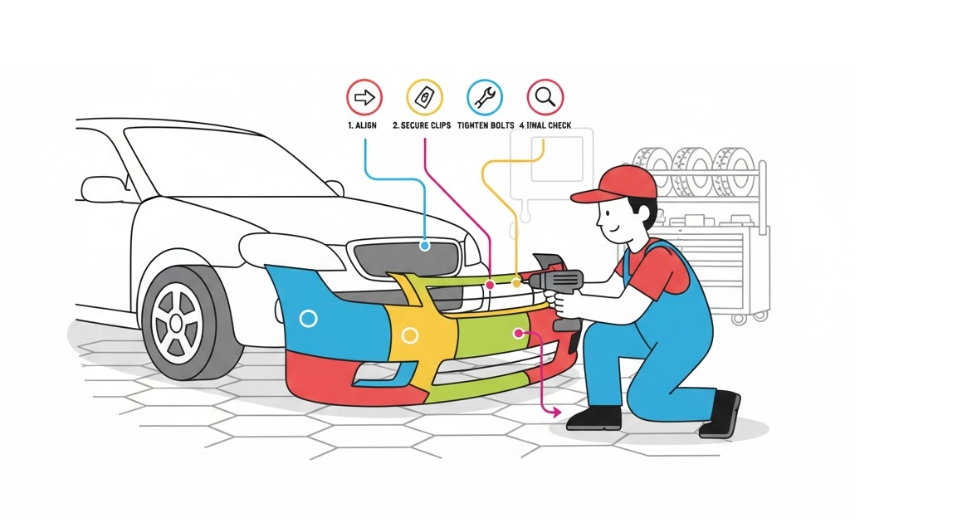
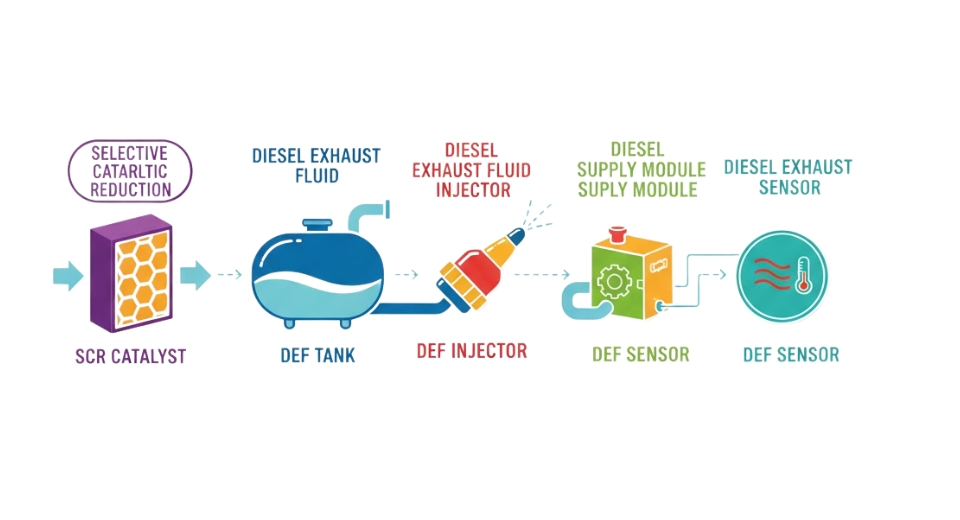
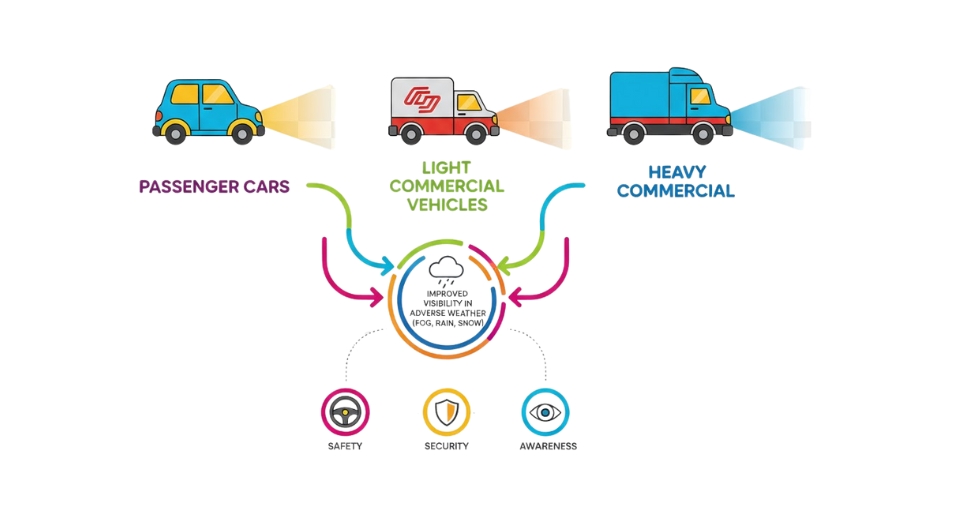
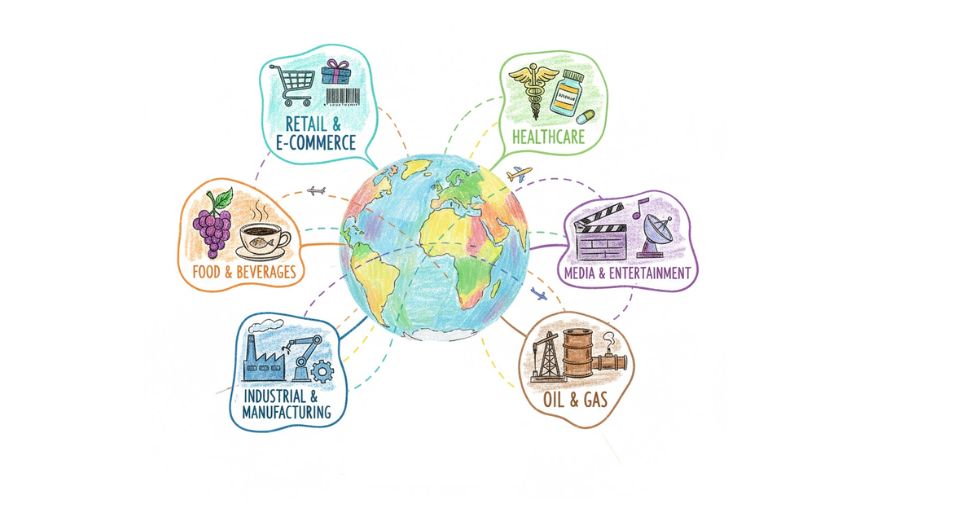

 US: +1 3023308252
US: +1 3023308252






